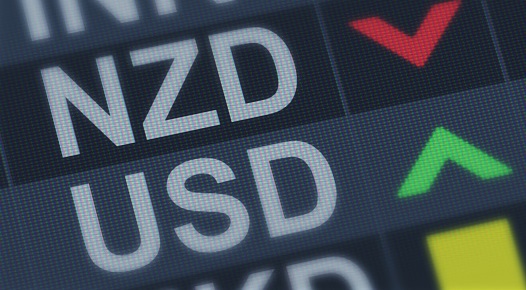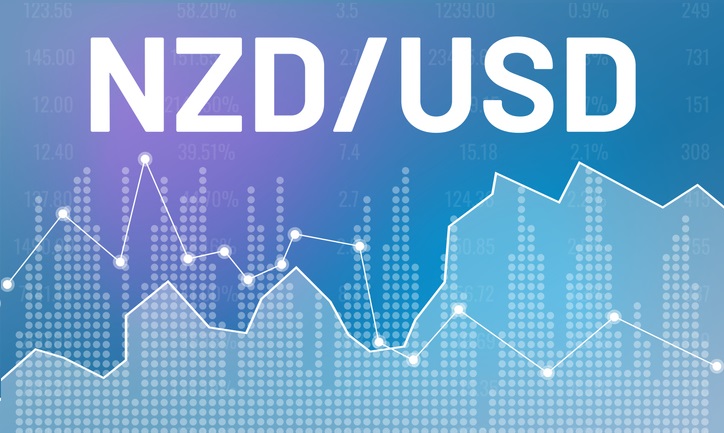The New Zealand dollar fell sharply against the US dollar after New Zealand’s consumer inflation came in below expectations in the first quarter, dampening expectations of a coming rate hike from the RBNZ.
The consumer price index rose by 6.7% year-on-year in the first quarter, which was in line with the increase in the fourth quarter, according to data from the Statistics New Zealand.
Accordingly, the New Zealand dollar dropped below its 200-day moving average for the first-time this month against the US dollar as the inflation data caused a major sell-off towards the 0.7150 level.
Inflation is now below the three-decade high of 7.3% inflation seen in the second quarter of 2022. Inflation is a significant challenge for the Reserve Bank of New Zealand (RBNZ), which has raised interest rates to 5.25% from a record low 0.25% in October 2021. The RBNZ has signalled further cash.
Previous data showed that annual inflation rate in New Zealand rose 6.7 percent in the first quarter of 2023 down from a 7.20 percent increase in the fourth quarter of 2022.
It was the smallest gain in consumer prices since the fourth quarter of 2021 as prices rose at a slower pace for transport (3.7% vs 7.4% in Q4), housing and household utilities (7.1% vs 8%), household contents (6.8% vs 8.2%), and health (5.2% vs 5.6%).
The CPI rose 1.2% quarter-on-quarter, slower than the 1.4% rise in the fourth quarter. The data was well below economists’ expectations in a Reuters poll for a 1.7% rise for the quarter and a 7.1% year-on-year rise.
The OIS market continues to imply an 84% probability of a 25-bps rate hike by the RBNZ in May but that seems to be the limit in which traders expect the central bank to reach.
The RBNZ had forecast Q1 inflation to be at 7.3% on an annual basis and for that to slow to 6.6% in Q2. As such, the 6.7% reading seen earlier today for Q1 is very much helping to pump the brakes on any further aggression in the tightening cycle at least.




